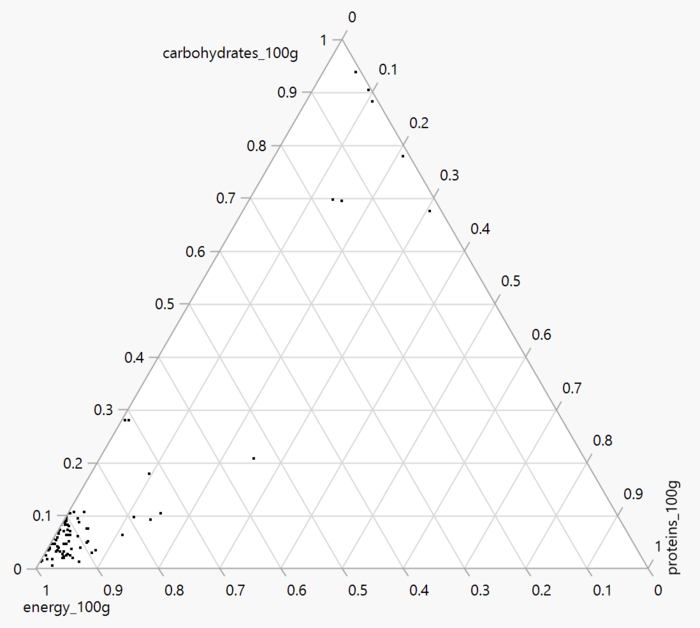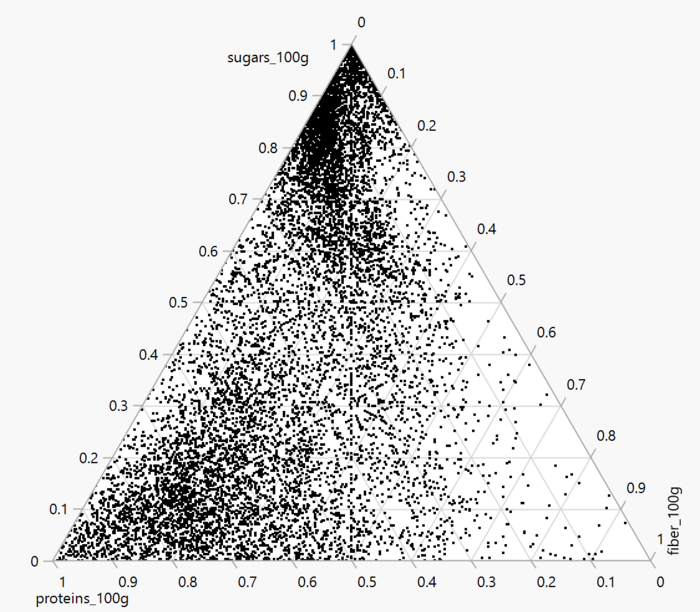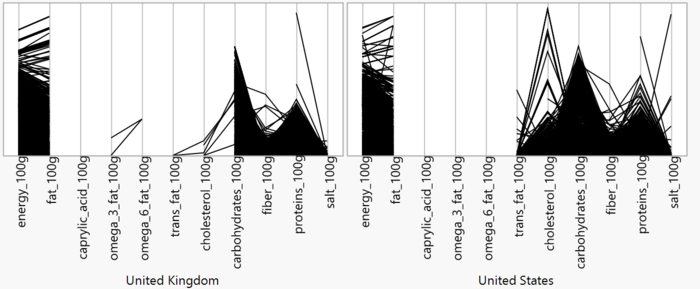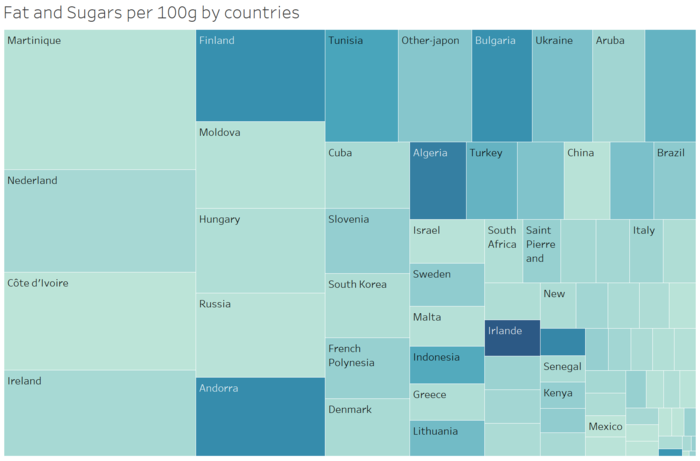IS428 2016-17 Term1 Assign2 Nguyen Duy Loc
Contents
Abstract
Food variety around the world always fascinate people. Different countries have different food consumption patterns and eating habits. Having lived in three countries for a long period, I could easily point out the difference among the food from these places. British food is all about cheese. Singapore's food is very diverse, coming from all over the world. But some of the traditional dishes are oily. And Vietnam's food is more about the balance of spices and herbs. However, in today's world, people have more concern for the calories amount and nutrition inside their food. Thus, this study aims to explore the patterns of not only calories but also other characteristics of food around the world.
Problem and Motivation
Obesity is an issue in first world countries. The abundance of food in these countries may lead to the increasing trend. Some of the questions I have in mind approaching this study:
Do the characteristics of food traditions in some countries like US make their citizens fatter?
Is there a difference in term of food nutritions and healthiness between Europe and Asia?
Data Gathering and Data Processing
The data I used for this study is the Open Food Facts from kaggle website. It is a multivariate source. Each record contains the information on a type of food. The fields are the details of each dish, nutritions, type, country, etc.
A snapshot of the data is as below:
Exploration and Analysis
Since the study is about discovering unknown unknowns. I apply all the techniques learnt in class to explore the data and find out any interesting patterns in it.
- Ternary diagram
The three indicators used for ternary diagram is the energy per 100g, carbohydrates per 100g, and proteins per 100g. This is to have a first gauge on how healthy the food in the world is. The majority of the food is high in energy and protein level while low in carbohydrates. There are some that are really high in carbohydrates.
However, the graph doesn't show many records. So I chose other columns such as proteins per 100g, sugar per 100g, and fiber per 100g. Turn out the pattern is much clearer.
- Parallel coordinates
- Trellis
- Mosaic plot
- Divergent bar chart
- Parallel Sets
- TableLens
- Treemap
Conclusion
Tools Utilized
- Excel 2013 for data preparation
- Tableau for visualization




